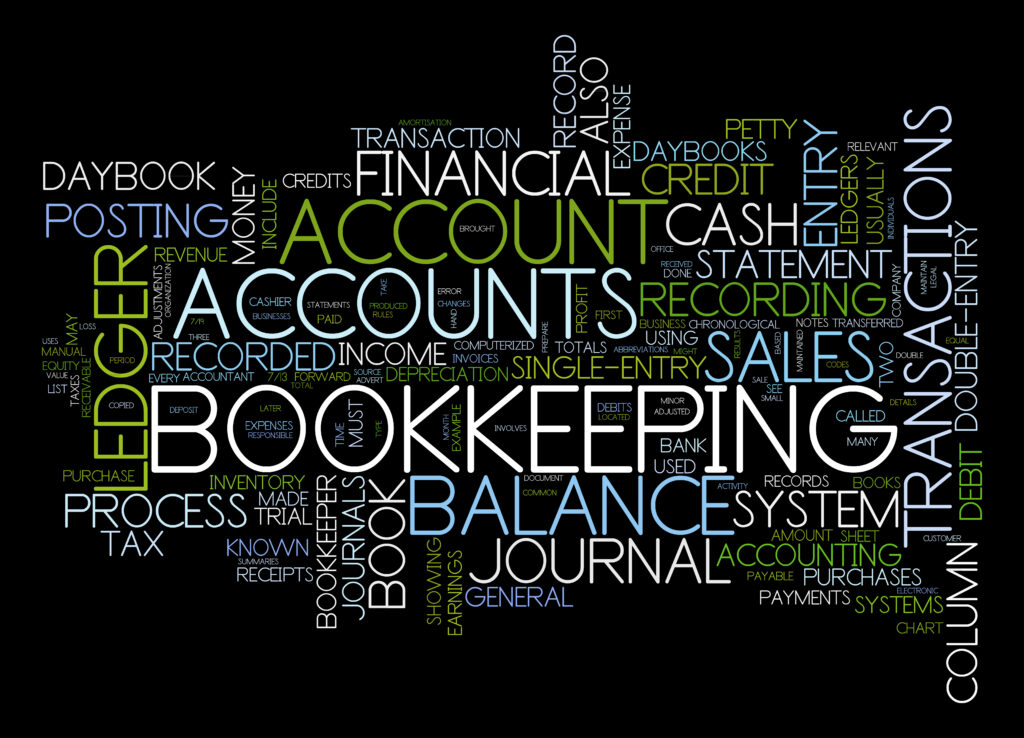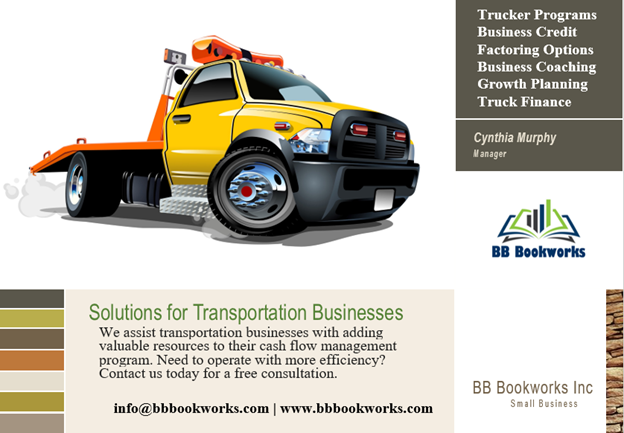Return on investment is a performance measure. The purpose of this measure is to evaluate the profitability of an investment. The aim is to measure the amount of return on a particular investment, compared with the investment’s cost. A simple formula is return of an investment is divided by the cost of the investment.
Real Estate Return on Investment
Real estate investors use ROI (Return on Investment) all the time. The ultimate objective of a real estate purchase is to generate profits (returns). Real estate investors put time and effort into purchasing a property that has potential.

When the cost of broker fees, financing and rehabilitation is calculated, there must be a reward for the all the hard work. This is where ROI comes in.

Small Business Return on Investment
Small business owners can calculate ROI by dividing the amount you earned (Net Profit) from their investment. This will most likely be over a multi-year cycle.
Sales less COGS less Fixed Expense.
Consider depreciation, amortization and taxes that must be paid on any Net Return. These areas are important to understand.
Here are a few examples on how to calculate ROI:
ROI = (Net Profit / Cost of Investment) x 100
ROI = (Present Value – Cost of Investment / Cost of Investment) x 100
An example is if you invested $50,000 ABC LLC in 2022, and sold your percentage in 2023 for $55,000, you would calculate ROI as follows:
ROI = ($55,000 – $50,000 / $50,000) x 100
ROI = 10%
It is prudent to pursue ROI of 8% or more on investments.





